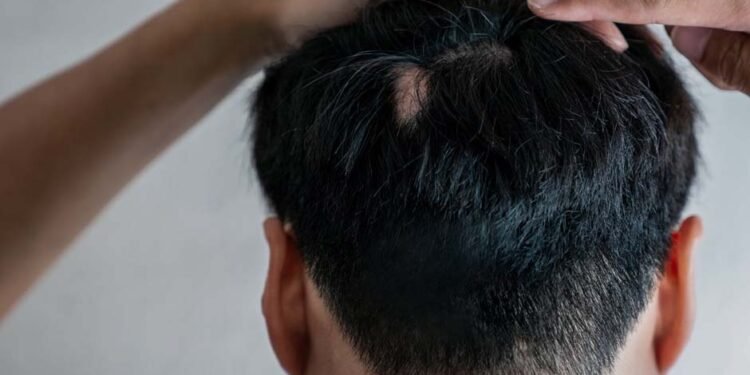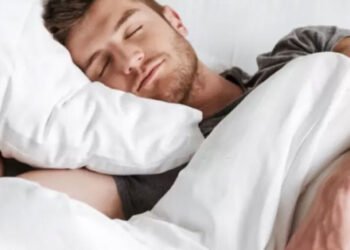Are you among the 2% of Americans with trichotillomania?
This mental wellness condition can feel quite isolating. The good news is that it’s always possible to stop pulling your hair.
What should people with trichotillomania know about recovery? Read on for our trichotillomania hair regrowth guide.
1. Seek Cognitive Behavior Therapy (CBT)
Getting cognitive behavior therapy can be a brilliant way to treat trichotillomania. This form of therapy focuses on identifying and challenging hair-pulling urges. Some people may not even know why they want to pull their hair without this mental health care.
Through CBT, people learn alternative coping strategies that can fight off episodes. In CBT sessions, therapists work with clients to develop personalized techniques for interrupting hair-pulling urges. People also learn to identify negative thought patterns that precede hair-pulling episodes and replace them with more constructive thoughts.
CBT also emphasizes habit reversal training, which involves substituting hair-pulling behaviors with alternative activities. This could include squeezing a stress ball or doing a hobby. By addressing the underlying psychological factors contributing to trichotillomania, CBT can help people regain control over their impulses and promote hair regrowth.
Speaking to a therapist can also validate you if you have concerns. This condition may not seem normal, but they can explain the reasons why humans pull their hair.
2. Practice Self-Care and Stress Management
Trichotillomania recovery is all about looking after yourself. People will need to get their stress levels under control. Some activities could include the following:
- Practicing mindfulness meditation
- Doing exercises that feel fulfilling
- Getting longer and better sleep
- Focusing on more nourishing foods
It’s also important to identify and avoid triggers that may make hair loss worse. This could involve the following:
- Lowering exposure to stressful situations
- Finding healthy outlets for emotions
- Establishing a supportive environment
Practicing good hair care habits can also help facilitate the regrowth of hair affected by trichotillomania. This includes using gentle hair care products and avoiding excessive heat or chemical treatments. Starting a consistent hair care routine could help promote scalp health.
3. Use Other Coping Strategies
There are plenty of other coping strategies that people with trichotillomania can use. The goal is to make hair pulling seem less tempting. Keeping hands busy with fidget toys or stress balls can help redirect the urge to pull hair.
Creating barriers can make it more difficult to engage in hair-pulling behaviors. This could include wearing gloves or wrapping your hair in a scarf. Keep a journal to track the following:
- Hair-pulling episodes
- Triggers
- Emotions
You’ll understand your mental wellness condition much better. You can even share these entries with your therapist. Together, you can come up with more effective strategies.
Trichotillomania Hair Regrowth Is Possible
Lots of people with trichotillomania worry that they’ll never get their hair back. Using these three tricks will make trichotillomania hair regrowth possible. Don’t give up on yourself because hair recovery is possible.
Was our trichotillomania guide enlightening? Be sure to save our blog in your bookmarks so you can keep coming back for more wellness content.












